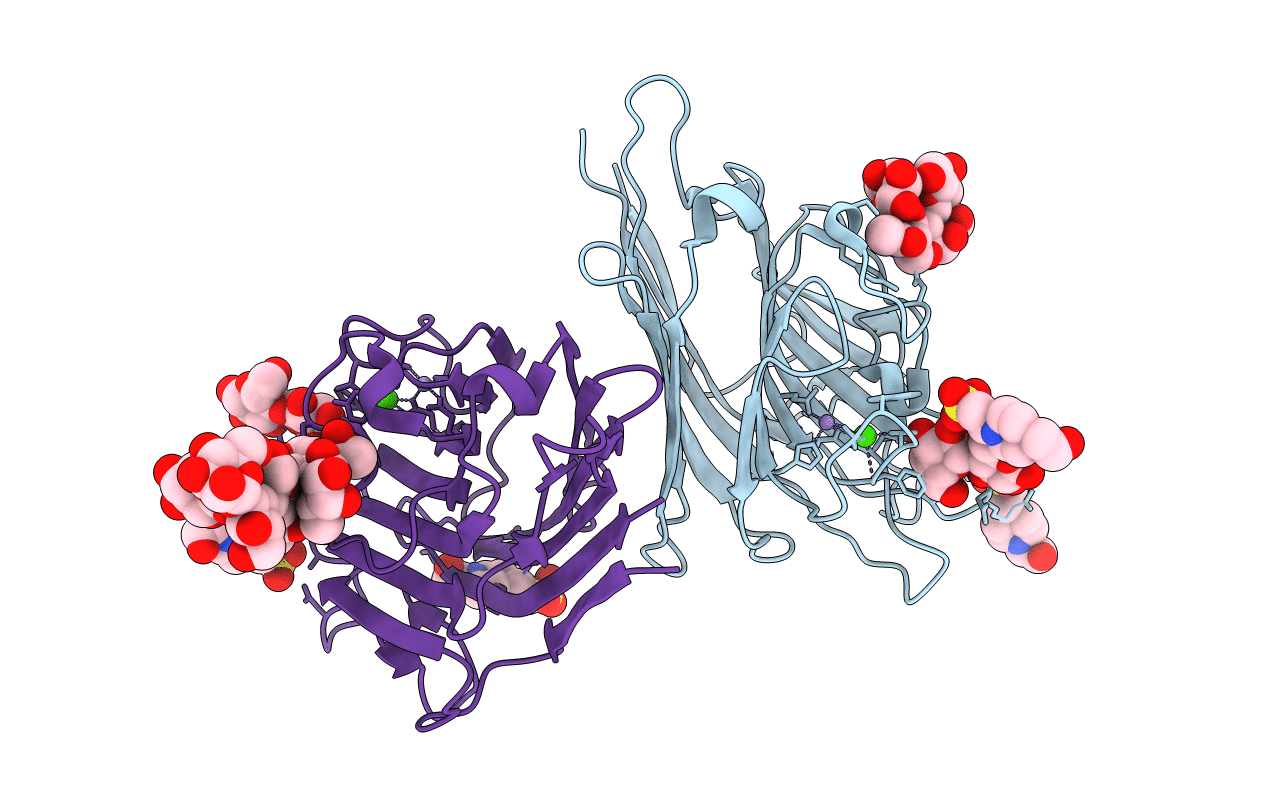
Deposition Date
2004-03-19
Release Date
2004-06-22
Last Version Date
2024-11-20
Method Details:
Experimental Method:
Resolution:
2.00 Å
R-Value Free:
0.20
R-Value Work:
0.18
R-Value Observed:
0.18
Space Group:
P 65


